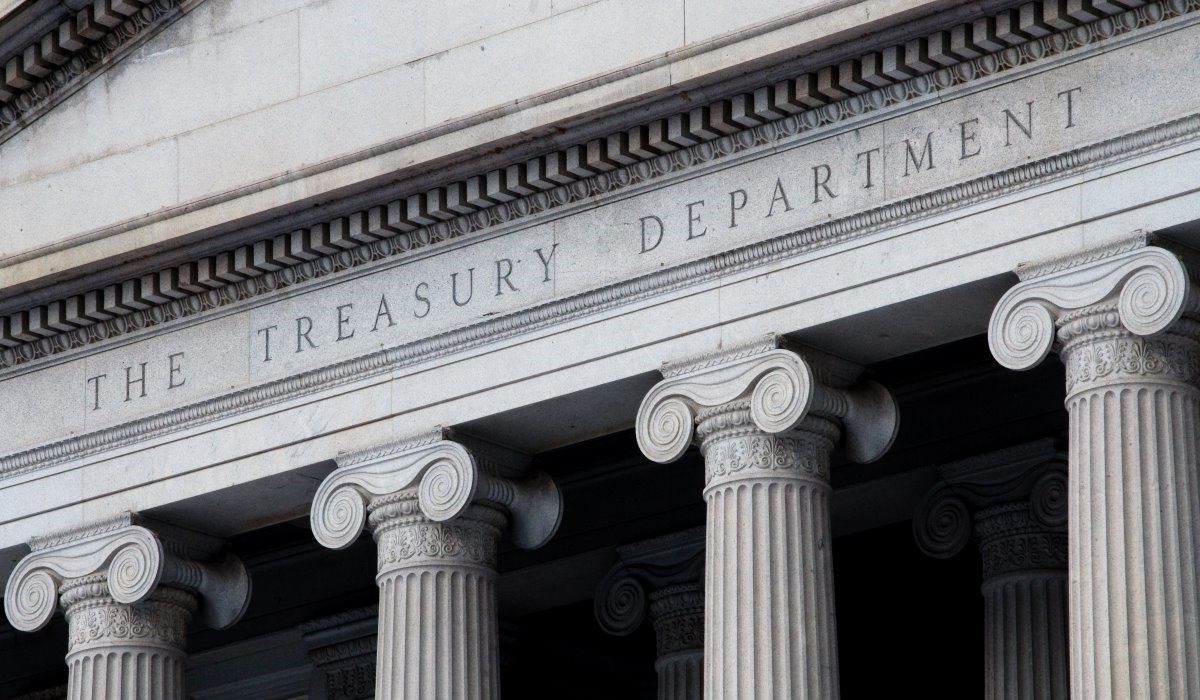 UWM has debuted a new cash-out refi product without mortgage insurance. Is the juice worth the squeeze?
UWM has debuted a new cash-out refi product without mortgage insurance. Is the juice worth the squeeze?United Wholesale Mortgage (UWM) has the mortgage industry abuzz over its latest product, a higher-risk, cash-out refinance at a time of economic uncertainty.
On Wednesday, UWM unveiled a new cash-out refinance product—dubbed Cash-Out 90—that allows borrowers to refinance with a loan-to-value ratio of up to 89.99% without requiring mortgage insurance (MI). The product is targeted at borrowers with a minimum FICO score of 680 and debt-to-income (DTI) ratio of up to 50% and is available for primary homes with 30-year fixed-rate terms. Loan amounts, however, cannot exceed conforming limits.
Alex Elezaj, UWM’s chief strategy officer, said that “there’s no MI on it,” which means the lender is not subsidizing the mortgage insurance. Despite eliminating MI, the company has set credit scores and DTI limits that its investor partners are comfortable with to balance risk while expanding the product’s appeal.
Cash-out refis have gained popularity due to record-high home equity levels in recent years. UWM’s new offering arrives during a period of declining interest rates and growing competition in the mortgage refinance market. Optimal Blue data for September showed that rate locks for cash-out refis rose by 6% month over month and 55% year over year.
By offering higher LTVs without charging mortgage insurance, UWM aims to attract more borrowers, including those who need to consolidate student and medical debt or renovate their homes, for example. However, given the increased risk, analysts expect UWM to compensate with higher mortgage rates, which could narrow profit margins.
Eric Hagen, an analyst at BTIG, acknowledged UWM’s creative approach in attracting more borrowers by assuming greater risk. The real advantage of this product lies in UWM’s aggressive marketing to mortgage brokers.
However, “There’s no free lunch. UWM is simply taking a lower margin, effectively,” he added. One caveat: Hagen believes UWM has the margin flexibility to remain profitable while offering products like Cash-Out 90.
“The framework by which they price loans and originate is a reflection of their objective to not necessarily earn the highest margin but to have the highest volume. They still aim to be profitable, and we think they will remain profitable. That being said, they emphasize the volume and retain their title as the number one mortgage lender in the country.”
How much will borrowers pay?
As for the product’s mortgage rates, Elezaj said they are more competitive than HELOCs (home equity lines of credit), traditionally a market dominated by credit unions and depository banks.
“Mortgage rates have picked up just about a week ago, they’re in the high 5s, and now they’re in the low 6s. So, this [the product rate] is a little bit more than that, but it’s less than HELOCs,” Elezaj said Monday. “It’s a great opportunity for people to tap into their home equity and then do a rate-and-term refinance in six months, taking advantage of even lower rates, as hopefully they come down.”
Andi Numan, president of Swift Home Loans, a mortgage broker shop that has maintained 75%-80% of its portfolio in refinances, said that quotes to 90% LTV cash-out refis were as low as 6.625% on Tuesday, compared to HELOC rates around 10%.
In addition, he said, “Comfortably speaking, borrowers are saving $100 to $300 a month alone just for not having mortgage insurance.”
“This was rolled out last week, but we are getting close to closing our first two. We have borrowers from 680 all the way up to 780 credit scores,” Numan added.
Todd Bitter, chief sales officer at UMortgage, said that the loan can be a “lifesaver” to people that need to consolidate debt, even if it’s just a small percentage of clients who need it.
Bitter said that the rate for this product is approximately “0.5 to 0.75 points higher than the typical 80% LTV rate-and-term refinance, and about 0.375 to 0.5 points higher than an 80% LTV cash-out refinance.”
“I would see it as a low-risk [product] for the simple fact that these are borrowers that have maintained good credit,” Bitter said. “I’ve been in business for almost 30 years, so I don’t see this product as the pre-2008 days; I don’t see people that are going on vacations with this or buying jet skis.”
Ann Sullivan, team lead and loan officer at brokerage firm Lending Heights Mortgage, agreed that the rates on Cash Out 90 are a bit higher than your normal primary purchase rates. She said that the lack of PMI can be a game-changer for a borrower. “This can be a huge savings for someone that had slightly less credit when they purchased a year ago and racked up some credit card debt,” she said.
Hagen believes the risks associated with Cash-Out 90 are mitigated by UWM’s practice of selling mortgage servicing rights (MSRs), which reduces their exposure to interest rate credit risk.
Whether UWM plans to hold these loans in its portfolio or sell them to private investors remains unclear. Fannie Mae and Freddie Mac generally do not buy loans with LTVs above 80% unless mortgage insurance is included or, as in the case of Freddie Mac, they may not acquire such cash-out refinances at all. UWM did not disclose its secondary market strategy, which is typical for the company.
When asked if other lenders might introduce similar products, Hagen said, “We do think that other lenders have the flexibility to do what they’re doing, to an extent, but scale in these companies matters a lot.”



















 English (US) ·
English (US) ·